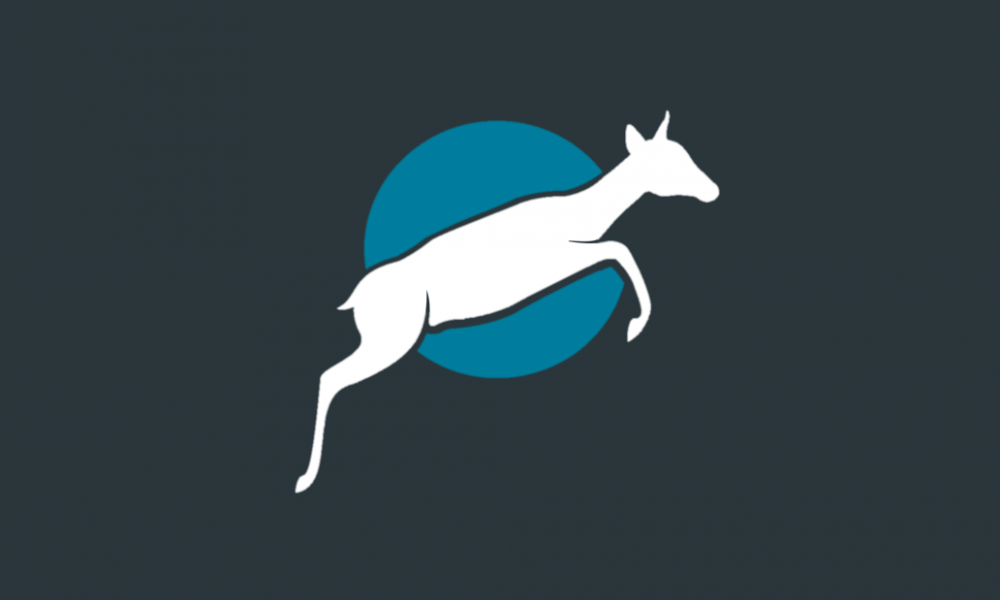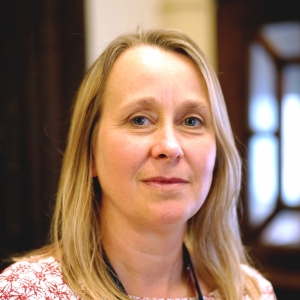How do we decide on new sprints?
recent news
- New algorithm could lead to better predictions of future climate change
- Sprint team on safe CO2 shelf sea storage publish initial findings
- Presenting at the Agricultural Economics Society Annual Conference: John Lynch

Agile started with six sprint projects in 2022, and will fund more from the research grant as the Initiative evolves. But how should we decide what new projects to fund? How do we identify the most pressing questions that Oxford-based researchers can offer solutions to, rapidly? In June 2023 we launched a call for new sprint ideas.
Throughout the first year of the Agile Initiative, a regular point of discussion in governance meetings was how we would decide on new sprint projects. A proportion of our overall grant from NERC is designated for funding future sprints , and by 2027 (the end of the grant period) we aim to have delivered a series of exciting and successful sprints that have produced solutions to major policy questions related to environmental science challenges.
We know that we can’t tackle everything – we have neither the resources nor the capacity to do that – and we have to remain true to our remit and mission. So, where should the research questions come from? How can we get an appropriate balance between responding to the expressed research needs of decision-makers and encouraging decision-makers to act on research that researchers believe they should be interested in and using? Agile is not offering consultancy to decision-makers, our researchers aren’t being commissioned to produce research to meet decision-maker demands. But we also know all too well that if research is not produced in a way that is useful to decision-makers, be that in terms of the timing, format or other factors, then it won’t be acted upon. Therefore, we need a process that can produce research that is independent and robust, but also relevant and useful. We also want to ensure that the process of deciding on new sprints is transparent, fair and accessible, so that a wide range of researchers can participate in the Agile Initiative.
In June 2023 we opted for a researcher-driven approach. We realised that we needed to know which Oxford-based researchers had great ideas for an Agile sprint, but were also available to deliver a sprint rapidly. We therefore put out a call to Oxford-based researchers to submit ideas for Agile sprints, sharing the news of the call widely across the University and encouraging responses from researchers across disciplines and career stages. Researchers had to demonstrate briefly how their idea embodied five key characteristics that we believe are necessary for a successful sprint.
FIVE KEY CHARACTERISTICS FOR A SUCCESSFUL SPRINT
1) Policy pull and Science need
- Clear policy and/or practice environmental challenge to which interdisciplinary scientific research could provide a solution, framed as a research question
- Primary research component that falls within the remit of NERC
- Targeted stakeholder(s) interested in using the research (e.g. government, business, NGO)
2) Timeliness
- An identified policy or practice need and opportunity for use within a defined period of time.
- Clear goal with potential for early outcomes and impact during the sprint
3) Co-creation
- Approach to co-creation with stakeholder(s), external partners and collaboration from conceptualisation through to impact
- Close engagement with the Agile programme team and departmental administrators to shape the sprint and contribute to the wider Agile Initiative
4) Interdisciplinarity
- Interdisciplinary team of academics and practitioners, as appropriate to the question, to tackle the research
- Explanation of the nature of the interdisciplinarity required to answer the question and how it will work in practice
5) Commitment to inclusion and positive equality impact
- Advancement of University and NERC goals related to equality, diversity and inclusion
- Commitment to delivering on the Researcher Concordat
- Evaluation of potential impacts and unintended consequences of proposed changes for different groups, as well as mitigation measures (Equality Impact Assessment)
From ideas to new sprints
We had a good response to the call, with 19 ideas put forward across two categories: mini sprints (smaller in scale, complexity, budget and team); and larger sprints. Ideas were assessed by panels composed of four members of the Agile Management Group, with any potential conflicts of interest mitigated. They assessed the ideas against the characteristics, and for the mini sprints they also considered feasibility for rapid start-up and delivery. Ideas were discussed and ranked, and those that ranked highest were then taken forward into a phase of ‘co-creation’.
In this co-creation phase, researchers work closely with stakeholder(s), external partners and collaborators, as well as University research facilitators and the Agile programme team to develop and shape the sprint, giving the research team the best chance to deliver an impactful solution to the research problem. When the team considers the sprint design to be ready, a full proposal is submitted to a further panel for review (independent of the original panel), with final decisions taken by the Agile Executive Board.
From this process two new mini sprints were launched in October 2023: Can we solve the “spin-up” problem in Earth System Modelling? and How can we manage uncertainties in habitat greenhouse gas emissions?
Several other ideas are being further developed through co-creation.
Sharpening the ‘policy pull’
This researcher-driven approach produced some great ideas. However, the ‘policy pull’ was often the weakest aspect of the ideas submitted. And we believe that there are many more urgent policy-research questions that need to be tackled. We are therefore continuing to explore ways to identify critical questions that decision-makers have, and that Oxford-based researchers could potentially respond to. We want to sharpen the ‘policy pull’. As we continue on our journey, new calls will be launched to develop further sprints, so we encourage you to watch this space!



